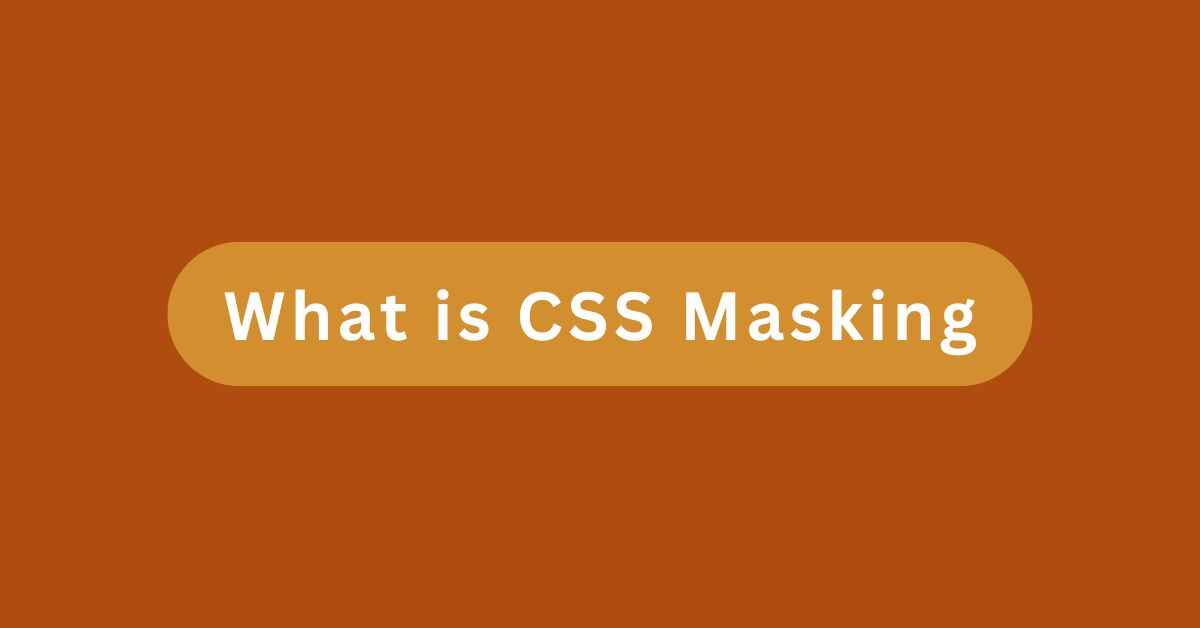CSS masking allows you to control the visibility of elements by using another element or image as a mask. The mask determines which parts of the element are visible and which are hidden.
Basic Concept
Content Div
Mask Div
In this example, the black div is masking the image div with a circular cutout.
.mask-div {
mask-image: url('circle.svg');
-webkit-mask-image: url('circle.svg');
}Different Masking Techniques
Gradient Mask
Gradient Effect
.gradient-mask {
-webkit-mask-image: linear-gradient(to right, transparent, black);
mask-image: linear-gradient(to right, transparent, black);
}Shape Mask
Diamond Shape
.shape-mask {
-webkit-mask-image: url('diamond.svg');
mask-image: url('diamond.svg');
}Interactive Mask
Hover Me!
.interactive-mask {
-webkit-mask-size: 50% 50%;
mask-size: 50% 50%;
transition: all 0.5s ease;
}
.interactive-mask:hover {
-webkit-mask-size: 100% 100%;
mask-size: 100% 100%;
}Browser Support
| Browser | Support | Notes |
|---|---|---|
| Chrome | Yes | Full support |
| Firefox | Yes | Full support |
| Safari | Yes | Requires -webkit- prefix |
| Edge | Yes | Full support |
| IE 11 | No | No support |
Practical Applications
- Image reveal effects on scroll
- Creative hover states
- Non-rectangular content displays
- Text effects and animations
- Progressive loading animations

